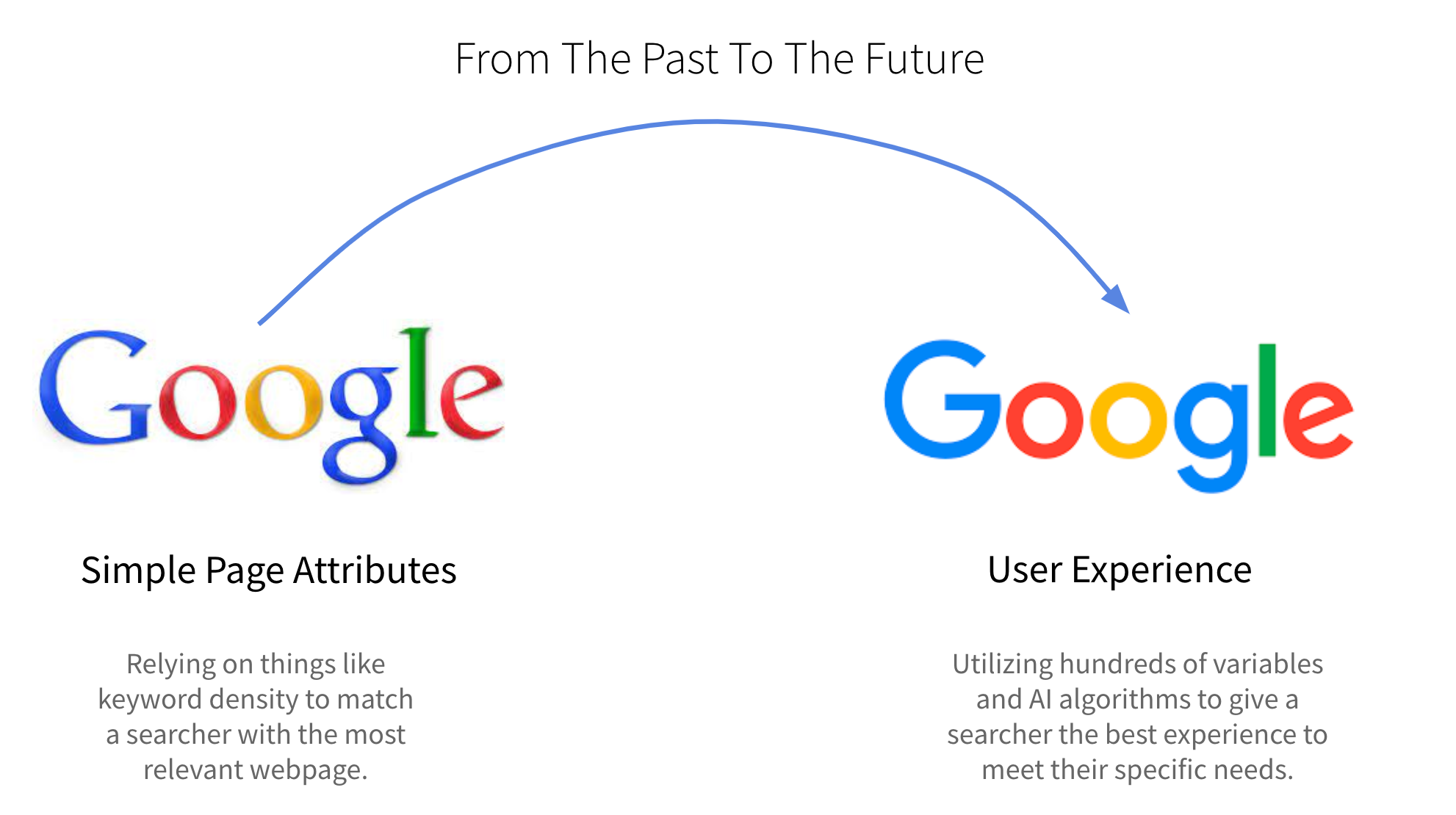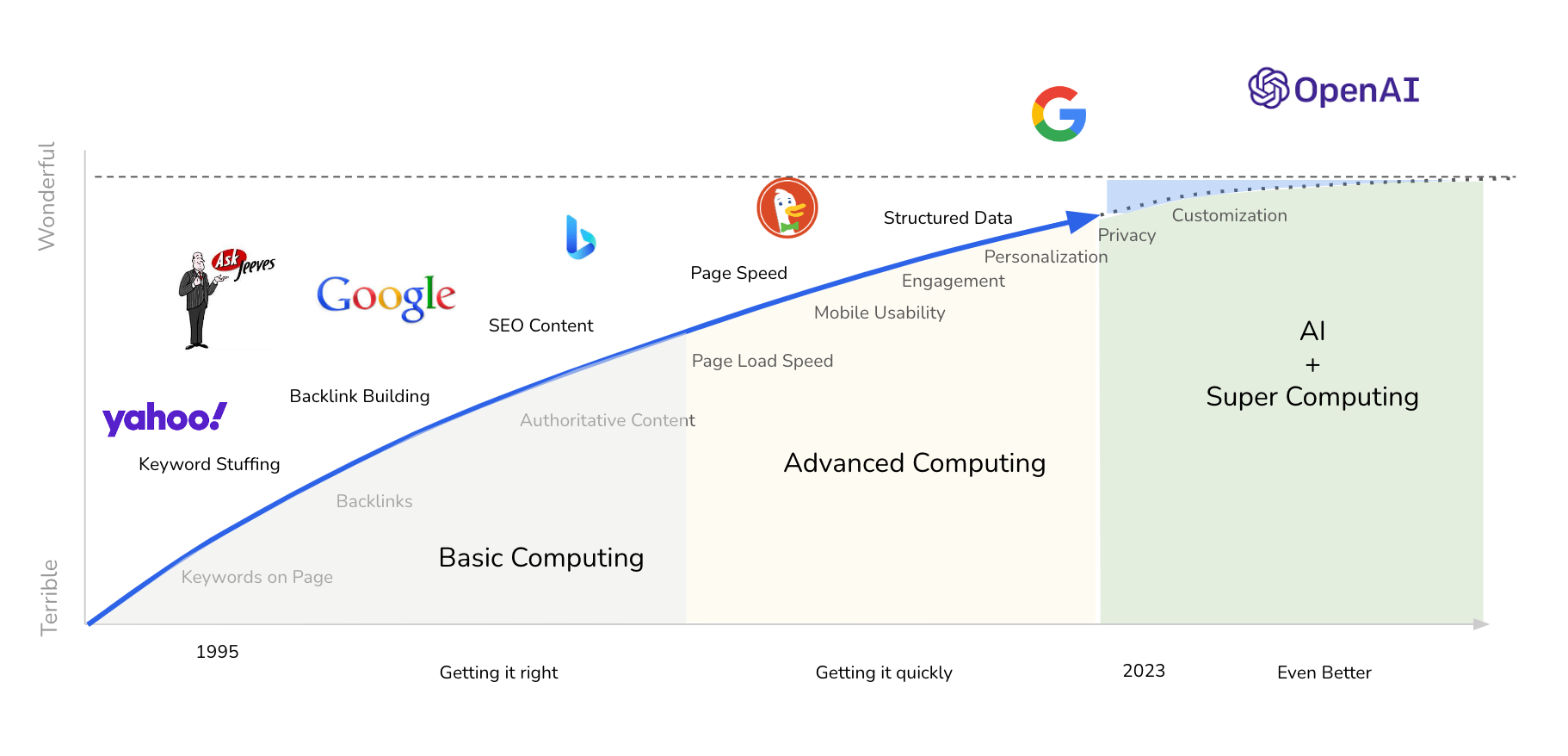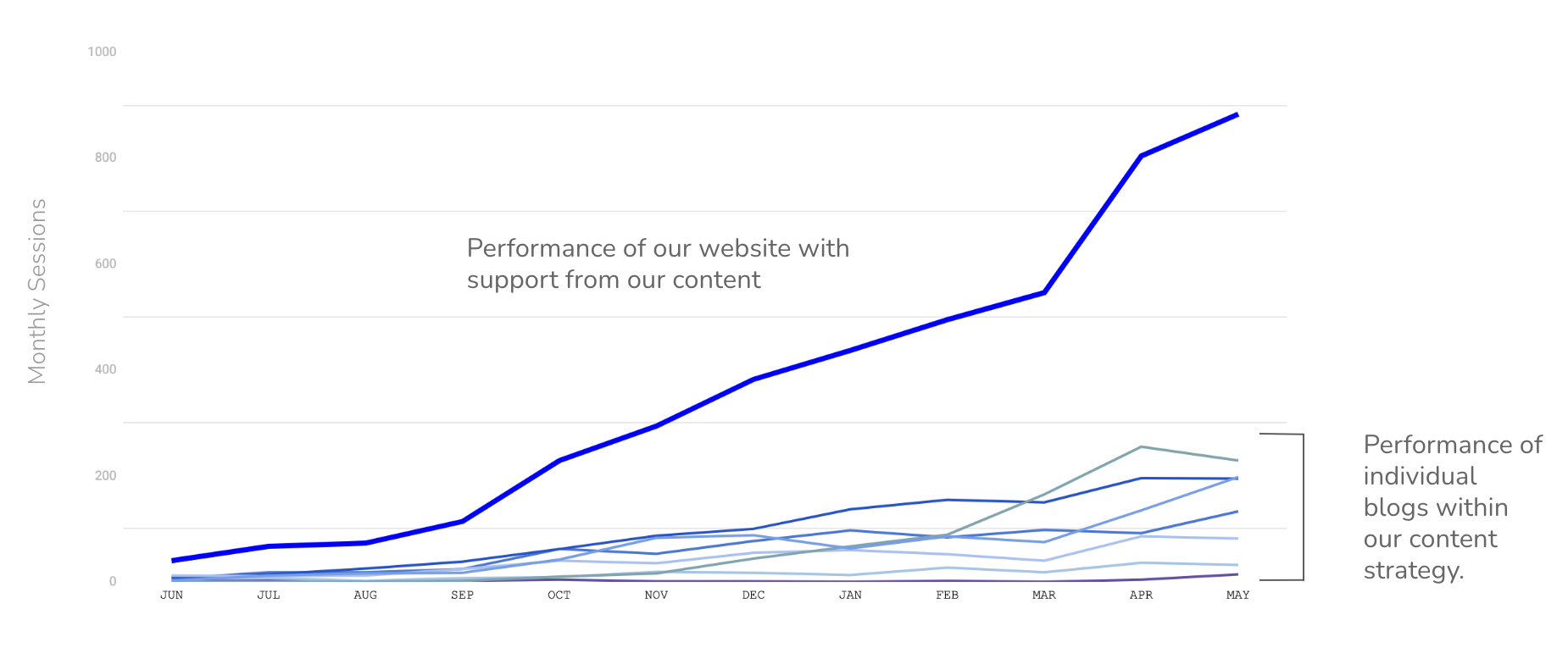Your job is to get the best result possible for your organization’s investment.
Results may include:
- Raising Funds
- Growing Members / Supporters
- Growing Email List
- Raising Awareness
How confident are you that you’re using your budget effectively?
Questions Answered Today:
- What are my options for spending marketing budget?
- How do I decide which channels to invest in?
Quick Background: Navigating the Digital Landscape
As digital marketers and communicators we have too many options for advertising and marketing… right?
How do we decide where to put our dollars AND how to reallocate budget at the right time?
The digital channel landscape looks something like this:

The Short and Simplified Answer
To determine which channels to invest in and how to allocate budget:
- Know what your organization is willing to pay to get a new supporter, member, donor, etc.
- Conduct research to see what might work for your organization and the people you want to engage with.
- Run manageable experiments on different channels (campaigns) to test.
Part 1: Define Your CPA and CPL
For each of your most important segments, know your acceptable cost per lead (CPL) and cost per acquisition (CPA).
It is critical that your management team knows how much your organization is willing to pay for a qualified lead and a new donor / member / supporter / etc.
The effectiveness of all channels will be measured by how well they can meet your CPA and CPL targets.
A sustainable marketing strategy achieves a desired result for an acceptable cost (effort).
Yes, different segments have different CPA and CPL requirements.
For example:
Big Donors – Generously give large amounts to your organization. You spend more time and money attracting them, but it is worth it because their average donations are in the thousands of dollars. You are okay with spending more money to attract big donors, so your CPA is higher for this group.
Small Donors – Usually give less than $500 per year. On a per donor basis, you spend less time and money recruiting them. Therefore, your organization sets a lower CPA for small donors.
Key Takeaway: Define your segments and CPL + CPA for each. Make sure your board and/or management team agree. If you already have your core segments defined and your CPL and CPA for each one, you’re in great shape. If you don’t yet have them defined, I recommend stopping here and working through this fundamental piece before continuing.
Part 2: Market Research
You can save your organization time and money by evaluating what has worked for you in the past and what other organizations are doing.
Conduct market research before starting new campaigns, and on a regular basis, to assess changes in the market.
Be careful not to stray too far from your core metrics when conducting market research. If your objective is to grow your email list, find another organization who has done that effectively and learn from them.
Don’t follow the strategy of an organization with 1 Million Facebook fanpage followers just because that looks impressive. You will likely end up with a lot of followers but no substantial email subscribers… which means you spent a lot of money and didn’t get the result you hoped for (your CPL will be very high).
Key Takeaway: Market research is a good investment. Make sure you’re focused on researching the right segments and competitors that support your end goal.
Part 3: Run Manageable and Measurable Experiments
There is a lot of value in failed campaigns as long as you learn what has worked and what didn’t.
The key to a successful experiment is to manage expectations and know how to evaluate when something has worked and has not worked.
Note: Some channels require a longer experiment window. Here’s a Refresher on the Top 4 Channels
Follow these 3 rules to run successful experiments:
- Setup your parameters first. Know your desired outcome (thesis), method, estimated budget, and when to quit.
- Spend enough to get significant data. Run your experiment long enough to get statistically significant results.
- Setup your tracking properly so you can measure the right metrics. Don’t forget to test before you launch!
If you’ve setup your experiments properly, evaluating them should be relatively straight forward. Expect to learn things you didn’t know you were testing and go where the data leads you!
Key Takeaway: Experiment the right way! Learn as you go and continuously improve.
Extra Tips for Navigating Digital Channels
Start with the basics. If you’re overwhelmed with options, start by covering the basics: an effective website, being visible in Google search, a social media presence, and an email strategy.
Don’t abandon the tried and true channels. Tik Tok might seem like the hot new platform this year… but it doesn’t mean it will work for you. I suggest maintaining your core channels and running small experiments on new channels to see if you can get better results there.
Communicate with your team. You should be clear on what targets your board or management team will be disappointed with or excited about. Coach them toward what is important and realistic if necessary. If they want to see 1 Million Facebook followers but that doesn’t sound reasonable or important to your organization’s mission, have that discussion with them.
Be honest. Don’t try to fake the numbers. There is a difference between outlining your narrative and backfilling it with convenient data vs. evaluating the data and studying the results. Own your results, learn from them, and make progress.
We’re here to make a difference. I believe personal growth and collective progress require honesty and a willingness to fail + learn.
To have the biggest impact we need to put our best effort forward and operate with integrity.
Main Takeaways About Selecting Channels
- Prepare Properly – Do competitor and market research to give yourself a head start on what might work given your objectives. Outline your success metrics before you start a campaign so you know how to setup tracking properly.
- Experiment – Run your campaigns as experiments. Make sure they are setup in a way that will allow you to evaluate their success based on the core metrics you set when preparing (not vanity metrics).
- Evaluate Properly – Assess campaign performance by using a framework that allows you to compare your experiments (apples to apples).
- Communicate Effectively – Be able to justify your spend to your board or management team by knowing how your dollars were spent and the results achieved for that investment.
For feedback, questions, or comments, please contact me here.






